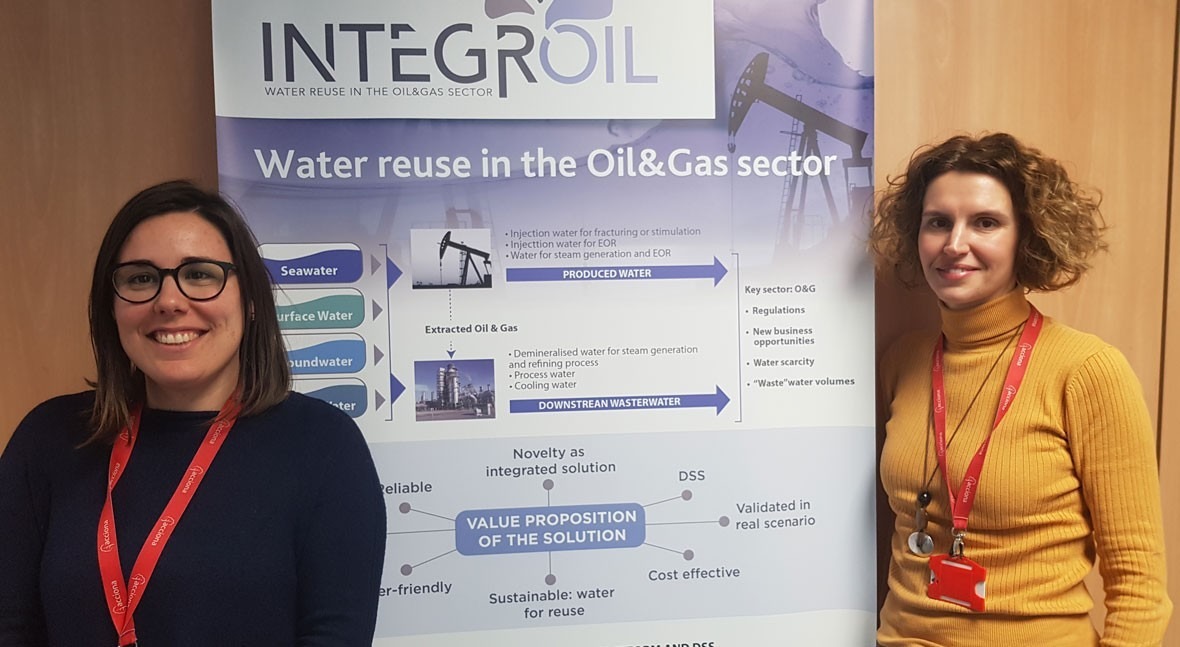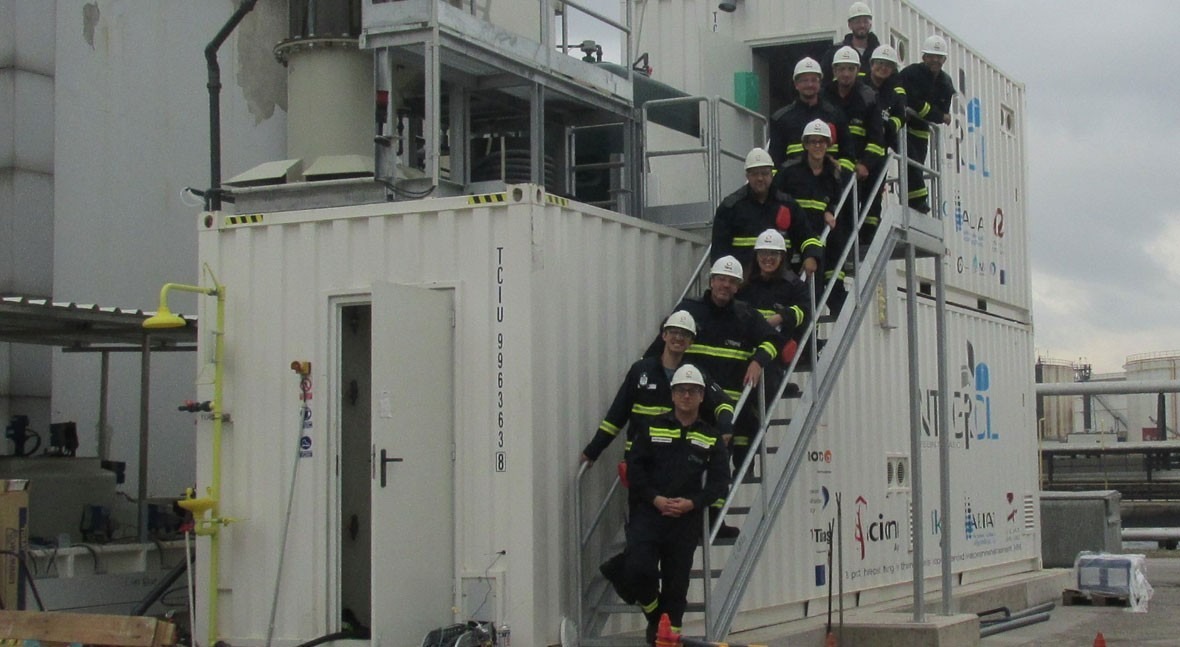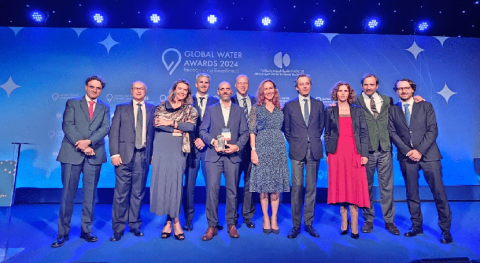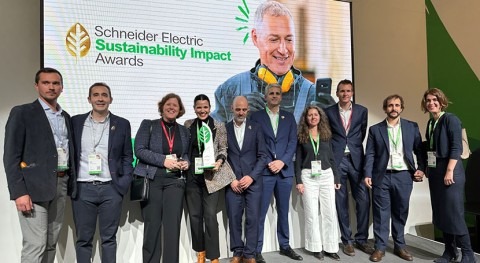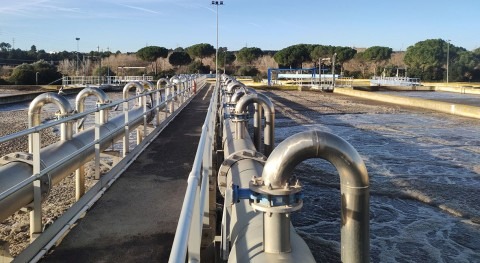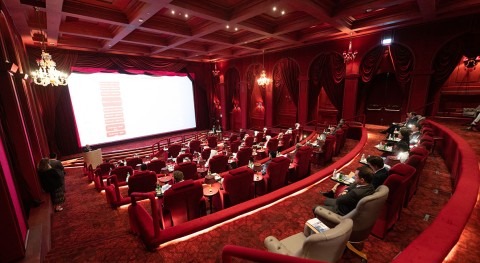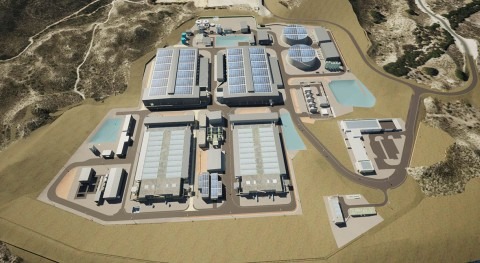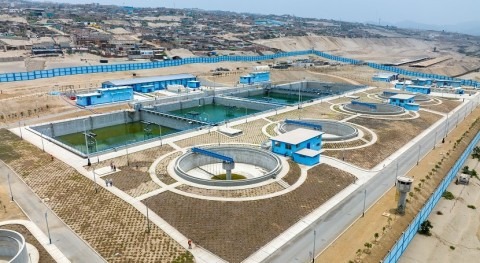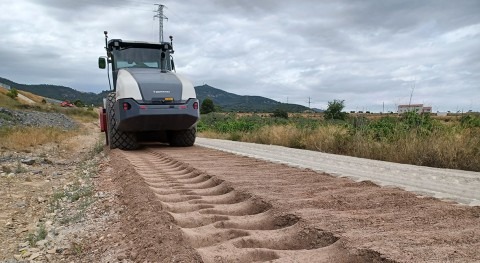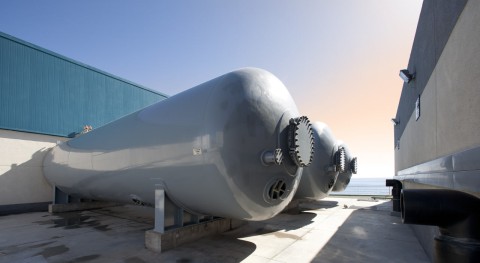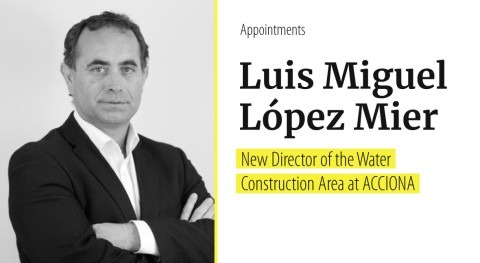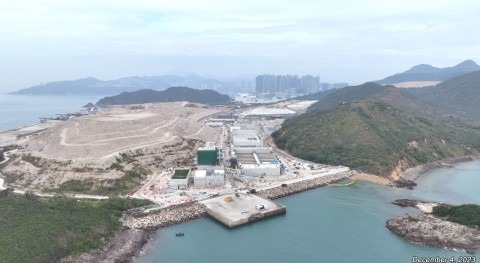Last week, the results of INTEGROIL, a project led by ACCIONA, were presented. We interview Ana Jiménez-Banzo (Chemistry PhD) and Clara Sanromà (chemical engineer), project coordinator and technical manager of INTEGROIL, respectively, to learn about the project. They both work for ACCIONA Agua, world leader in desalination by reverse osmosis and water treatment. Ana Jiménez-Banzo, Head of Innovation Management, is in charge of the technical and financial management of R&D European projects, intellectual property rights issues, and outreach/exploitation strategies. The experience of Clara Sanromà (Project Manager PMP®) is related to desalination processes, and, more specifically, flotation, filtration and membrane technologies, key for the solution proposed for INTEGROIL.
Question: Firstly, we would like to know some general data about the project: What are the objectives and the scope of the project? Which organisations and countries have participated in the development of the project? What was the project budget, and where were the funds sourced from?
Answer: INTEGROIL came to be with the purpose of providing water treatment technology that can encourage water reuse in industrial environments. The industrial sector uses approximately 50% of the water available, whereas in Europe only about 15% of it is reused. The reason is that industrial waters are often very complex in terms of their make-up and variability, so they require advanced treatments and a broad knowledge of water treatment. INTEGROIL wants to provide an answer to those needs, with an integrated solution that includes several individual technologies, controlled with a decision support system. This system can suggest the most appropriate treatment process (among potential options) to obtain a water quality that is suitable for a specific type of reuse.
The INTEGROIL project is coordinated by ACCIONA Agua, and nine European entities are involved, including technology companies (LIKUID, APLICAT, Innotec21, BWA, REP), universities (URV), consulting firms specialised in environmental issues (2.-0 LCA Consultants), professional platforms (EDS - European Desalination Society) and oil&gas sector companies (TUPRAS). The consortium covers the entire value chain of the project, facilitating that the technology developed reaches the market.
INTEGROIL came to be with the purpose of providing water treatment technology that can encourage water reuse in industrial environments
INTEGROIL has been ongoing for 36 months. The budget for the project is 6 million euros and has been funded by the European Commission through the H2020 Programme.
Q: What have been the main results of the project?
A: As part of the project, a pilot plant has been designed, built and put into operation to demonstrate how the INTEGROIL technology works in two different scenarios, representative of the activities of the oil&gas sector. On one hand, it demonstrated how the INTEGROIL solution works for the treatment of produced water, water obtained during the oil extraction process (upstream scenario). On the other hand, the INTEGROIL solution has shown it can obtain water to be reused from the waste water generated during oil refining processes (downstream scenario).
The results obtained in both scenarios show that the INTEGROIL solution can eliminate up to 99% of the turbidity (flotation and ceramic ultrafiltration), up to 80% of organic matter (advanced oxidation processes), and up to 99.4% of dissolved salts (reverse osmosis). The resulting water complies with the quality criteria for later reuse in specific applications, including cooling towers, fire extinguishing, and water to be used in boilers.
The decision support platform has been key to achieve these results. The platform is integrated into the pilot plant's control system, and based on the input water quality and the intended type of reuse, it identifies the best suited treatment process among those available. In addition, it can start and stop processes based on the quality of the input water and output water, and is optimised according to energy and process criteria. The optimisation can entail energy savings as well as savings in reagent consumption that can amount to 15%.
The INTEGROIL solution can eliminate up to 99% of the turbidity (flotation and ceramic ultrafiltration), up to 80% of organic matter (advanced oxidation processes), and up to 99.4 % of dissolved salts (reverse osmosis)
Q: What is the role of ACCIONA in INTEGROIL?
A: The role of ACCIONA in the project is different depending on what we consider. From a technological point of view, ACCIONA has been responsible for adapting two individual solutions (dissolved air flotation and reverse osmosis) to the operating conditions of the industrial sector chosen for the project, the oil&gas sector. ACCIONA was also responsible for developing the decision support tool that controls the technology, which includes machine learning algorithms. From a business point of view, ACCIONA integrated the different individual technologies and led the demonstration activities; this is similar to the usual role of ACCIONA in its daily business (construction and operation of water treatment plants). Finally, ACCIONA has been the project coordinator, responsible for managing the technical and economic aspects of the project; it acted as a meeting point for partners and was accountable for the project before the European Commission.
Q: What type of technology was used in the project, and how does it differ from conventional technologies?
A: The pilot plant has five processes that eliminate the different fractions present in the water to be treated, namely suspended solids, organic matter (dissolved and not dissolved) and dissolved solids (ions). The individual technologies are: dissolved air flotation, ceramic ultrafiltration (by itself or with reaction-bonded mullite (RBM)), catalytic wet air oxidation (CWAO), advanced oxidation with hydrogen peroxide and ozone, and reverse osmosis. Even though these technologies are already applied at the commercial level, in the project they have been adapted to complex and variable waters, and they have been integrated into a single solution. Nevertheless, the most innovative part is the decision support platform, which includes machine learning tools to select, activate and optimise the most appropriate treatment process, in a dynamic way and based on process efficiency criteria.
ACCIONA was responsible for developing the decision support tool that controls the technology, which includes machine learning algorithms
Q: What is the scale of the project? What will be the applications of the INTREGROIL project results at the industrial scale? What type of industries could these results be applied to?
A: As part of the project a demonstration plant with a nominal flow of 1.5 m3/h has been built. This plant includes individual elements at a commercial scale, such as membranes, etc., so it is representative of a life-size plant.
The technology has been validated in two scenarios of the oil&gas industry, as mentioned earlier. On one hand, the project treated simulated produced water, which is equivalent to demonstrating the technology in an upstream or oil extraction environment. On the other hand, and during the last year of the project, the demonstration plant was moved to the TÜPRAŞ refinery in Turkey, where waste water from the refinery itself underwent treatment. This second scenario corresponds to a downstream or oil refining environment.
Even though the technology has only been demonstrated in the oil&gas sector, the project relied on the help of experts from other industrial sectors who have identified the points that should be modified in order to transfer the results to other vertical markets. Experts from the metallurgy, pharmaceutical or petrochemical industries provided advice.
During the last year of the project, the demonstration plant was moved to the TÜPRAŞ refinery in Turkey, where waste water from the refinery itself underwent treatment
Q: What have been the main challenges/problems the INTEGROIL project had to face?
A: In such a complex project, many small problems can come up daily, but I would mention two challenges we had to face that stand out for their magnitude and their implications.
The first one was time. In 36 months we have adapted five technologies to work with complex waters, we have developed a decision support system based on artificial intelligence algorithms, we have designed and built a pilot plant, and have demonstrated the technology for 12 months in two different locations, not only at the industrial level (upstream and downstream) but also geographically (Spain and Turkey). Even though it was an innovation project, we have suffered the pressures of a real project in terms of meeting deadlines and the need for all tasks and activities to be perfectly planned, with minimum deviations and very carefully defined contingency planning.
The second challenge had to do with the water, really complex and variable, which has been very demanding on the technology, as well as working with final users, very much involved in the project, and in an industrial environment with many restrictions concerning safety, risk minimisation, very defined action protocols, etc. Choosing the oil&gas sector for the project was an excellent idea, because the technology has been developed for working conditions which are very demanding in every respect.
During the entire project we have done a Life Cycle Analysis which allowed identifying the most significant environmental impacts of the project
Q: Concerning the environmental impact of the project's life cycle, what are the strong points and the weaknesses when compared with conventional treatment?
A: During the entire project we have done a Life Cycle Analysis which allowed identifying the most significant environmental impacts of the project. This study compared the impacts of the INTEGROIL solution with the respective reference scenarios in the upstream and downstream environments. The results suggest that INTEGROIL effectively contributes to reducing the dependency of industries on available water resources, encouraging water reuse somewhere between 50% and 75%. In regard to energy consumption, the results depend on the energy mix in the grid, but there are savings based on the final reuse scenario. Nevertheless, it is important to point out that INTEGROIL can obtain water of a much better quality than conventional treatments.


